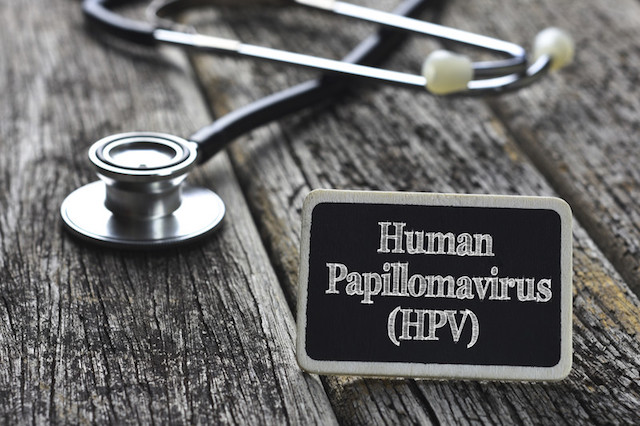
A new study shows that information from reputable and trusted organizations has more influence on social media than personal accounts do. This is particularly true when it comes to cancer prevention, according to researchers at the University of California, Davis. Currently, 17% of women do not receive cancer screenings and less than 50% of teen girls are vaccinated. These results were published in Preventive Medicine.
Researchers looked at tweets and Twitter messages and organized them by who was sending them and what they said. In reference to cervical cancer, they found that people shared factual tweets about the disease far more than they shared tweets containing personal experiences of people who have it. Messages that came from organizations were also shared far more than messages from individual people.
The leader of the study was assistant professor Jingwen Zhang. He said the results suggest hospitals and healthcare organizations could use social media platforms to increase cancer screenings and other prevention methods. If their messages are clear and straightforward, people are likely to share the helpful information.
Prevention is Not Widely Used
General use of preventive measures is very low. This is a problem because early detection and treatment are the best ways to prevent death by cervical cancer. It is very difficult to detect the disease early in teen girls because less than half are vaccinated for human papilloma virus (HPV), which causes cervical cancer.
The research team found that most women get their information about HPV and cervical cancer through their doctors. This is problematic, though, because many women do not have regular healthcare providers. This leads to 13,000 cervical cancer cases being diagnosed annually, with 4,000 deaths from it each year.
With social media being used by nine out of every ten young adults, and eight out of ten adults, Zhang is hopeful it can help to spread the message about cancer prevention.
The Study Design

The first step in the project was to look at a set of 100,000 tweets with keywords that relate to cervical cancer. They then looked at the 3,000 tweets from that set that were shared the most. Nearly 500 of them promoted cancer prevention. After creating an online forum for women to discuss cervical cancer prevention, they showed the participating women tweets containing factual information and tweets containing personal experiences. In general, the research team found that the tweets containing factual information were shared by the women at much higher rates. Zhang also added that tweets from organizations were more likely to be shared.
Key Takeaway
Zhang said his big takeaway is that public trust is greater in organizations than it is in individuals when it comes to cancer prevention. He said this means healthcare practitioners can use social media to promote prevention. They have greater credibility online and the ability to give key facts and information.




























